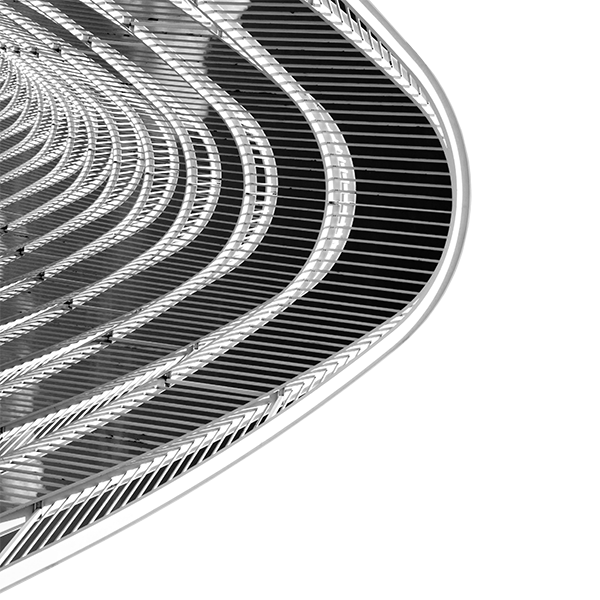Advanced Material Testing for Space Applications
In the unforgiving environment of space, the performance and reliability of materials can mean the difference between success and catastrophic failure.
From shielding satellites against intense radiation to ensuring structural integrity under extreme thermal cycling, material properties play a pivotal role in aerospace engineering. Understanding how materials behave in vacuum, respond to atomic oxygen erosion, or accumulate electrostatic charge is essential for designing spacecraft that can endure the rigors of orbit.
Electro Magnetic Applications, Inc. (EMA) uses both simulation and measurement to analyze material properties to ensure mission success.
Advanced Charging Analysis and Design
Efficiently analyze and determine the proper materials and placement with Ansys Charge Plus. This innovative solution helps you enhance designs and substantially decreases cost and risk associated with spacecraft charging.
With Charge Plus, you can:
- Model surface and internal charging
- Predict and prevent dielectric breakdown
- Analyze and mitigate electrostatic discharge (ESD)
- Simulate coupled charging scenarios
- Track and manage charge accumulation on space platforms
- Strengthen your designs with radiation hardening and advanced ray tracing
Accelerating Time and Full-Spectrum Testing
EMA’s Space Environment and Radiation Effects (SERE) lab simulates the harsh conditions of space. The lab’s accelerated UV aging chamber is a key component of the SERE lab. It exposes samples to high-intensity UV radiation, simulating up to five years of space exposure within days. This process allows engineers to evaluate the long-term performance and durability of optical coatings, cover glasses, and thin films under realistic operational stresses.

This chamber is unique in that it features a fixed load lock chamber, enabling EMA to connect the UV chamber directly to the main radiation chamber while maintaining a constant vacuum throughout the process. This configuration prevents unwanted exposure of materials to oxygen or other elements, making it ideal for sensitive applications.
The SERE lab expands beyond UV capabilities. It also includes:
- Electron flood sources for internal charging studies
- Plasma generators to mimic low Earth orbit conditions
- VUV Kryton arc lamps for surface and neutralization and solar simulation
- Proton accelerators and Sr-90 sources for high-energy irradiation

Why It Matters
Material characterization is mission critical, as the wrong materials can lead to catastrophic failures. At EMA, we replicate space conditions on Earth, enabling you to make informed decisions regarding material selection, shielding strategies, and design modifications.
Whether you are developing a new satellite or testing novel coatings, you can rely on EMA’s SERE lab for the tools and expertise necessary to qualify your materials for orbit.
Ready to validate your materials for orbit? Contact EMA now using the button below to accelerate development and reduce risk.

